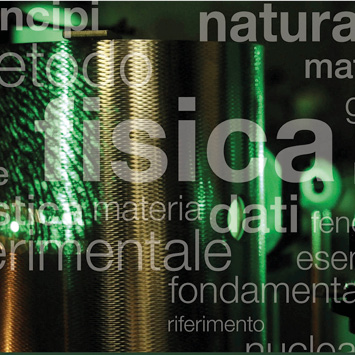
Strong Gravity Frontier of Ultralight Boson Searches

Abstract
The extreme environments near black holes (BHs) provide unparalleled opportunities to explore fundamental physics. These regions can host extraordinarily high densities, transforming BHs into efficient concentrators of new particles. Notable examples include the superradiant amplification of ultralight bosons, which can achieve near-Planck-scale field values, and the adiabatic accretion of dark matter spikes. Such high densities amplify observational signals, ranging from gravitational wave signatures of the environment to electromagnetic imaging of BHs. Within these dense boson configurations, phenomena reminiscent of early-universe cosmology—such as non-perturbative particle production—naturally emerge. The resulting particle fluxes open new avenues for dark matter detection, neutrino observation, and the use of diverse quantum sensors, focusing observational efforts on target BHs or galactic centers.